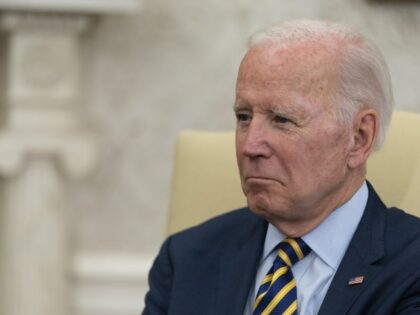Atlanta Fed’s GDP Tracker Jumps to 2.8% for First Quarter
The economy continues to defy expectations for a slowdown, casting doubt on the idea that the Fed will cut rates in the first half of this year.
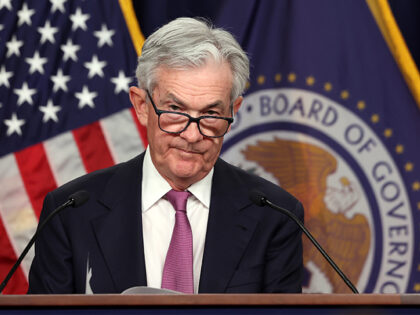
The economy continues to defy expectations for a slowdown, casting doubt on the idea that the Fed will cut rates in the first half of this year.

Gross domestic product, the official scorecard of the economy, grew at a 3.4 percent annualized rate in the final three months of 2023. The previous estimate had the economy growing at a 3.2 percent pace.
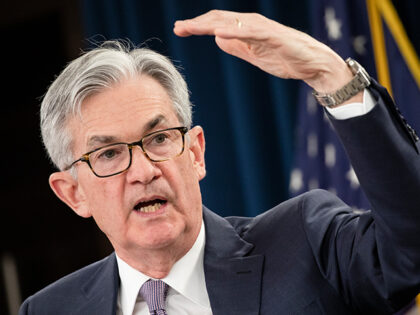
Biden’s reckless spending program contributed to inflation, triggering a two-quarter downturn in the economy a year after the American Rescue Plan was signed.
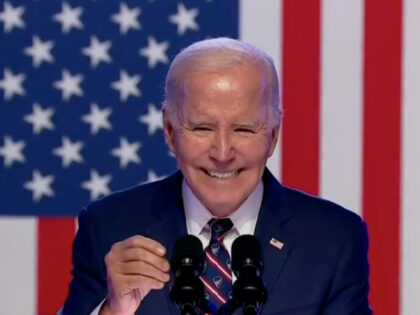
China set an official 2024 target for GDP growth of around five percent in a report from Premier Li Qiang to the National People’s Congress.
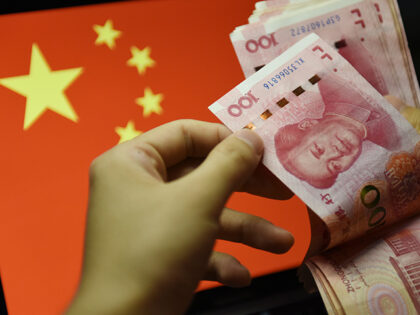
The U.S. economy in the final quarter of last year grew at a slightly slower rate after adjusting for inflation than previously estimated, the Commerce Department reported Wednesday. Gross domestic product, the government’s broad measure of economic activity, expanded at
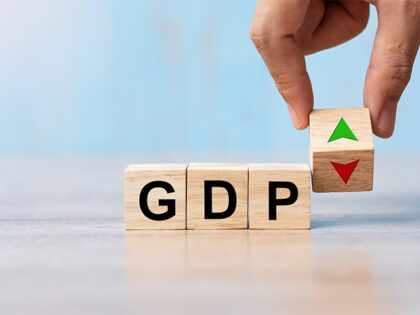
Japan’s economy and currency weakened somewhat more than expected in 2023, causing it to slide behind Germany to become the world’s fourth-largest economy.
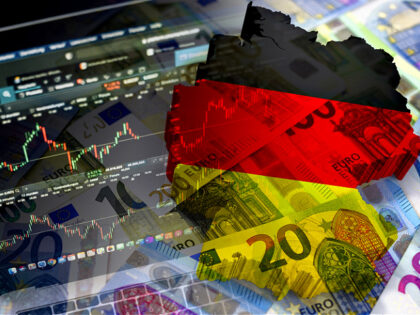
The Wall Street prognosticators got it all wrong.
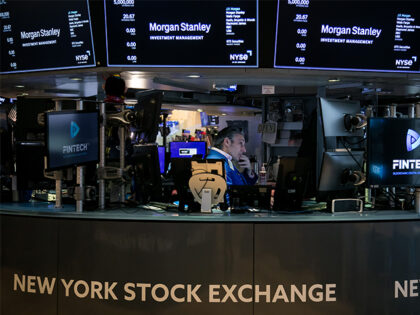
The economy grew at a much faster pace than expected in the final months of 2023.
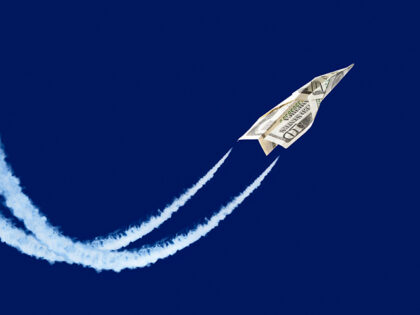
Consumer spending was revised down a bit in the third quarter.

Consumer spending was revised lower but government spending, business investment, and residential investment were all revised higher.

The American economy can stay solvent longer than economists and pundits can stay irrational.

Spending by American households triggered a surge in economic growth in the third quarter of this year.

The government said that gross domestic product grew at a 2.1 percent annual pace in the the three months from April through June. The first estimate had the economy growing 2.4 percent in the quarter.

The Manufacturing Recession May Have Hit Bottom A few months ago, we were among the first to notice that the housing downturn appeared to have ended. Now it looks like manufacturing has hit its cyclical nadir. The purchasing managers’ surveys from
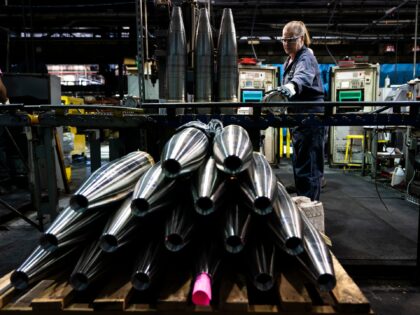
The U.S. economy grew at a 2.4 percent annual rate in the second quarter, the Commerce Department said on Thursday.
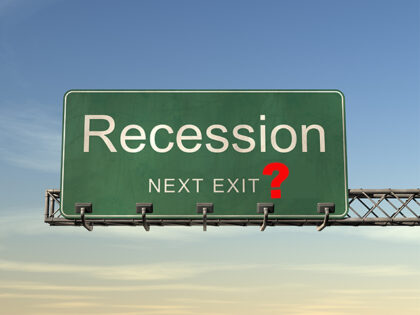
The pace of growth of the U.S. economy picked up in the spring despite the Federal Reserve’s attempt to slow things down. Gross domestic product rose at a 2.4 percent annualized rate in the April through June period, the government said
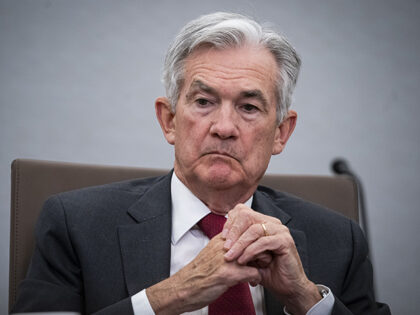
The third GDP revision raises concerns about the persistence of inflation but also provides powerful support to our view that the economy is unlikely to enter a recession this year.

The third revision to first quarter GDP indicated Fed rate hikes have been less effective than thought.
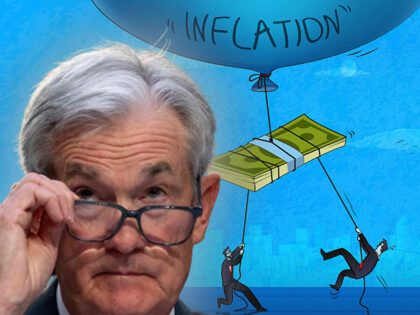
So much for the Tories, who have enjoyed 13 years under false promises of fiscal probity: UK net debt is now 100.1 per cent of GDP.
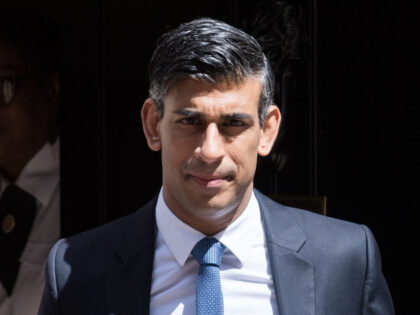
Goldman Sachs downgraded its 2023 growth forecast for China from 6% to 5.4% on Sunday, joining financial institutions like UBS, Bank of America, Nomura, and JPMorgan that have made comparable downward revisions to their China growth forecasts over the past few weeks.
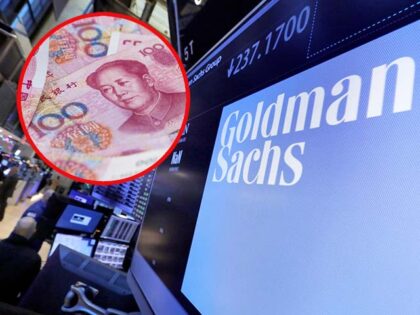
Although Chinese Communist officials and regime media continue to insist the economy is fundamentally strong and merely experiencing a few bumps on the road to post-pandemic recovery, Beijing is reportedly “planning major steps” to revive a deeply ailing financial system, possibly including billions in fresh infrastructure spending and looser rules for property investment.

Did the economy grow or shrink in the first three months of the year?
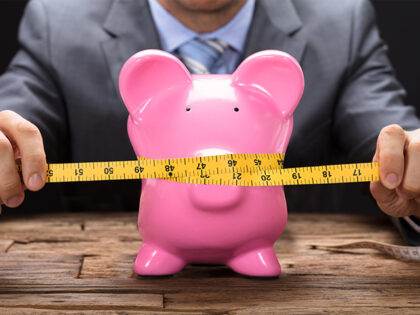
New figures show the German economy suffered an unexpected dip in the first quarter of this year, putting the country into recession.

One per cent of Western GDP is a small sacrifice to defeat Russia and is dwarfed by what America spent to beat Nazi Germany, says Ukraine.

The March rebound for wholesale inventories unexpected evaporated in the Commerce Department’s second estimate.

There was nothing in the Commerce Department’s report on first-quarter gross domestic product that should give the Federal Reserve a reason to hold back on raising interest rates.
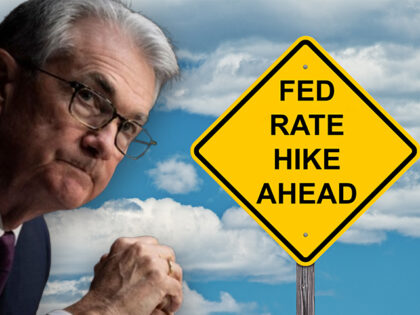
The U.S. economy expanded at a sluggish 1.1 percent annual pace in the first three months of the year despite strong consumer spending. Wall Street analysts had expected a two percent increase in gross domestic product after the economy grew
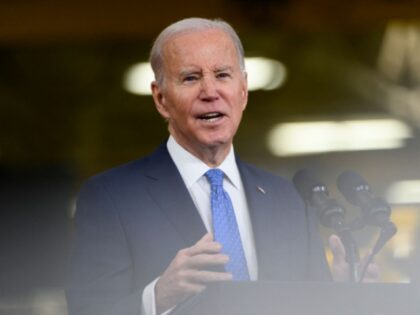
Susan Rice, a senior aide to President Joe Biden, claimed that anti-black racism had cost the U.S. economy $16 trillion over the last 20 years.
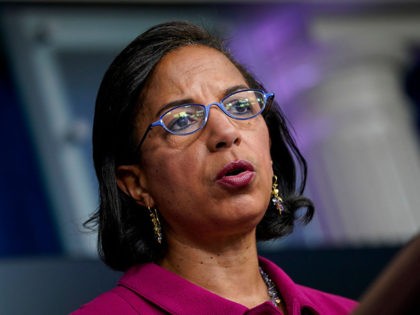
Republican presidential candidate Vivek Ramaswamy told Sirius XM’s Breitbart News Saturday host Matt Boyle that pro-economic growth policies are the best way to offset the $31.3 trillion national debt.

Still think the stance of monetary policy is restrictive?

But inflation ran hotter.
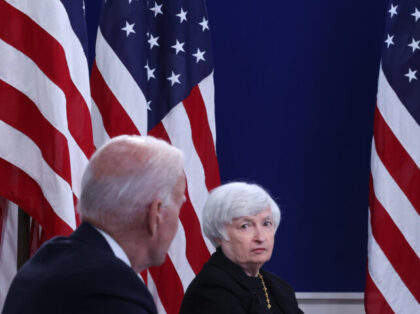
The U.S. economy expanded at a 2.9% annual pace from October through December, ending 2022 with momentum despite the pressure of high interest rates and widespread fears of a looming recession.

Consumer spending was stronger than reported and prices higher.

During an interview aired on Friday’s edition of Bloomberg’s “Wall Street Week,” Harvard Professor, economist, Director of the National Economic Council under President Barack Obama, and Treasury Secretary under President Bill Clinton Larry Summers reacted to the third quarter GDP

On Thursday’s broadcast of NBC’s “MTP Now,” CNBC Economics Editor Jeff Cox stated that if you took out the unsustainably high rise in exports, the third quarter GDP would have been negative and most economists believe that by “early or
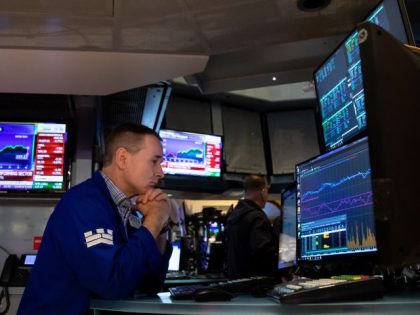
During a portion of an interview with NPR aired on Thursday’s edition of NPR’s “Morning Edition,” Moody’s Analytics Chief Economist Mark Zandi reacted to the third quarter GDP numbers by stating that GDP has “gone effectively nowhere over the past year”
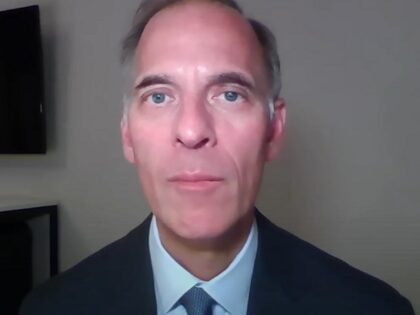
The growth follows two straight quarters of contraction. It probably will not last.
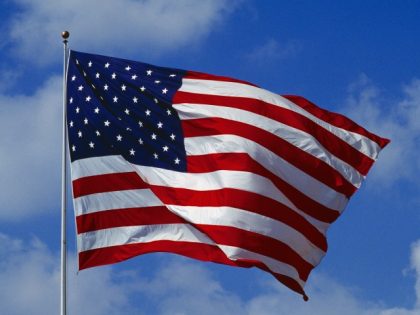
The Chinese government was scheduled to release its third-quarter Gross Domestic Product (GDP) report on Tuesday, but the publication was suddenly delayed indefinitely on Monday, without a formal announcement or explanation.
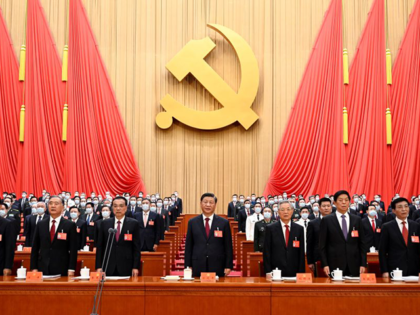
The stronger dollar hurt exports but imports fell by even more.
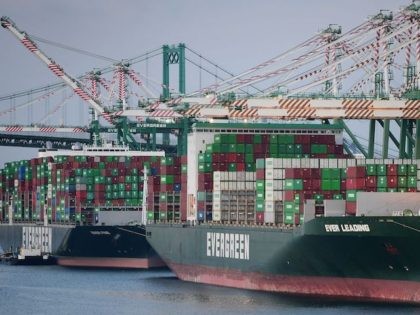
The economy is very close to a third straight quarter of contraction.
